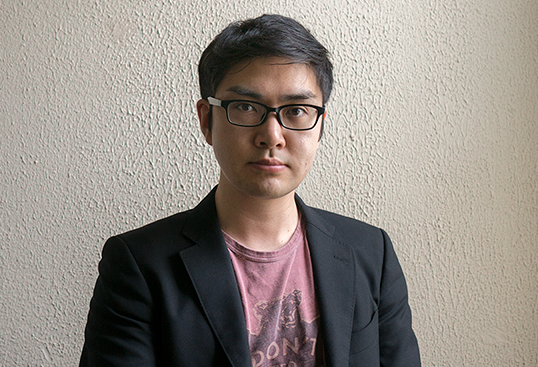
By Jovina Ang
SMU Office of Research & Tech Transfer – Crowd working is a new form of work that is gaining a lot of traction.
Even though the number of crowd workers is small, estimated at one to three percent of the global labour force, the figure is expected to grow exponentially in the coming years.
According to the Digital Future Society, there are as many of 40 million crowd workers in the “global south”, and every year, transactions amounting to at least US$50 billion are taking place on crowd working platforms.
The plethora of crowd working platforms such as Amazon Mechanical Turk (AMT), Clickworker, and CrowdFlower have made it easy for job requesters to find workers to complete micro-tasks, and vice versa, for workers to find jobs.
However, the average wage for a micro-task is around US$3 an hour.
Unlike full-time employees who enjoy a suite of benefits that come with their employment, there exists no regulations nor workers’ union that can help the crowd workers to earn a fair wage or protect them from bad working conditions.
On some platforms where the crowd workers bid for the job, the wages could decrease further, sometimes to as low as a few cents per hour.
The problem of fair wage is what SMU Assistant Professor of Computer Science Kotaro Hara hopes to address in a unique human-computer interaction research project which has recently been awarded a Ministry of Education Academic Research Funding (AcRF) Tier 2 grant. The project will be conducted using the AMT platform – the oldest commercial crowdsourcing work platform that was launched in 2005.
“This is a problem that urgently needs to be solved,” Professor Hara told the Office of Research & Tech Transfer.
“The coronavirus pandemic has affected businesses in a big way. Many businesses have suffered revenue loss, and this is why we see many more businesses turning to the ‘off the balance sheet’ option of hiring workers to further cut down costs”, he added.
“While there is more crowd work, crowd workers could be feeling the pinch of a worsening poorly paid work situation that is already bad to begin with,” he went on.
Human-computer interaction research
To solve this issue, Professor Hara hopes to find the answer in a uniquely designed research project that combines human-to-computer, and computer-to-human interactions.
One of the first things that he and his team of collaborators, SMU Associate Professor of Computer Science Rajesh Krishna Balan and Associate Professor of Economics Takashi Kunimoto, want to accomplish is to leverage machine learning to parametrise the crowd worker profiles and a list of tasks that are offered on the AMT platform.
On the supply side of the equation, the research team intends to design an automatic nudge to prompt the job requester to pay a fairer wage by showing the wage for a typical task when the job is created.
Whereas on the demand side, the system will prompt the crowd worker to submit high quality work by providing a visualisation of what “good” looks like for the specific task.
Additionally, the SMU researchers will design a recommendation system using a series of lab and online user studies, by which the crowd workers who perform well will be matched efficiently to the tasks that are posted on the AMT platform. Thus, improving the efficiency of the transaction between the job requester and the crowd worker.
“There are so many implications that we hope to accomplish from this research. One of which is to balance the power between the crowd worker and the job requester,” Professor Hara said.
“On one hand, if we can balance the power between the crowd worker and the job requester, we can make crowd work more lucrative to the crowd worker. On the other hand, we can enhance the quality of work that is provided to the job requester. This will be a win-win situation for both parties in the transactional relationship”, he clarified.
“Furthermore, it can democratise work and make it more accessible to people who currently are not able to participate in the labour market for reasons such as disability or immobility”, he further explained.
Back to Research@SMU Nov 2021 Issue
See More News
Want to see more of SMU Research?
Sign up for Research@SMU e-newslettter to know more about our research and research-related events!
If you would like to remove yourself from all our mailing list, please visit https://eservices.smu.edu.sg/internet/DNC/Default.aspx

